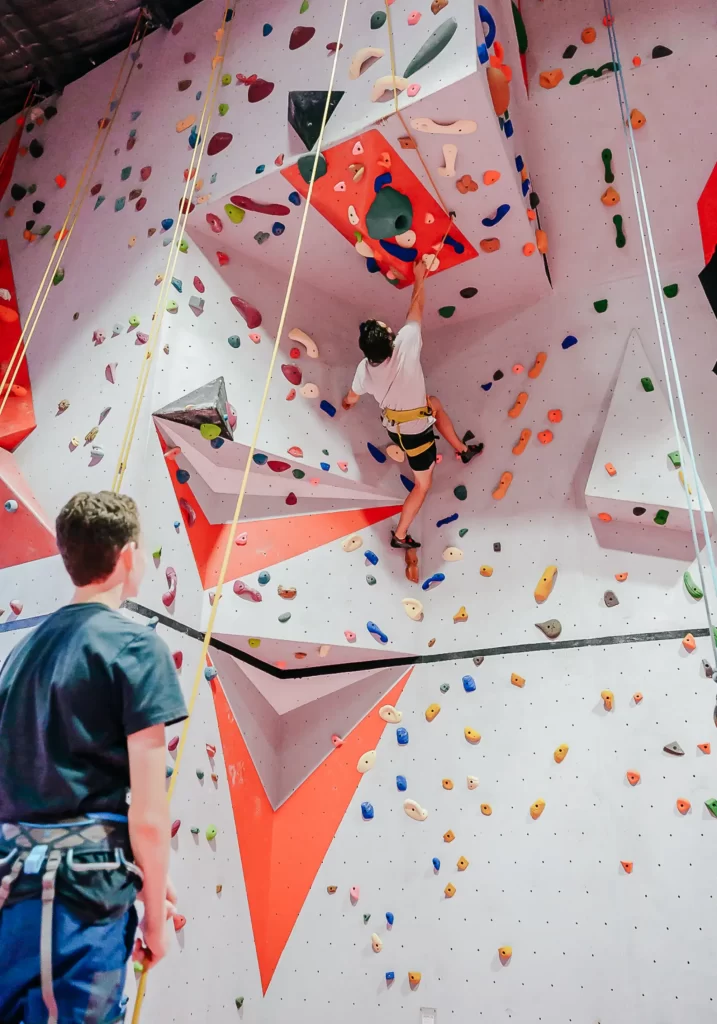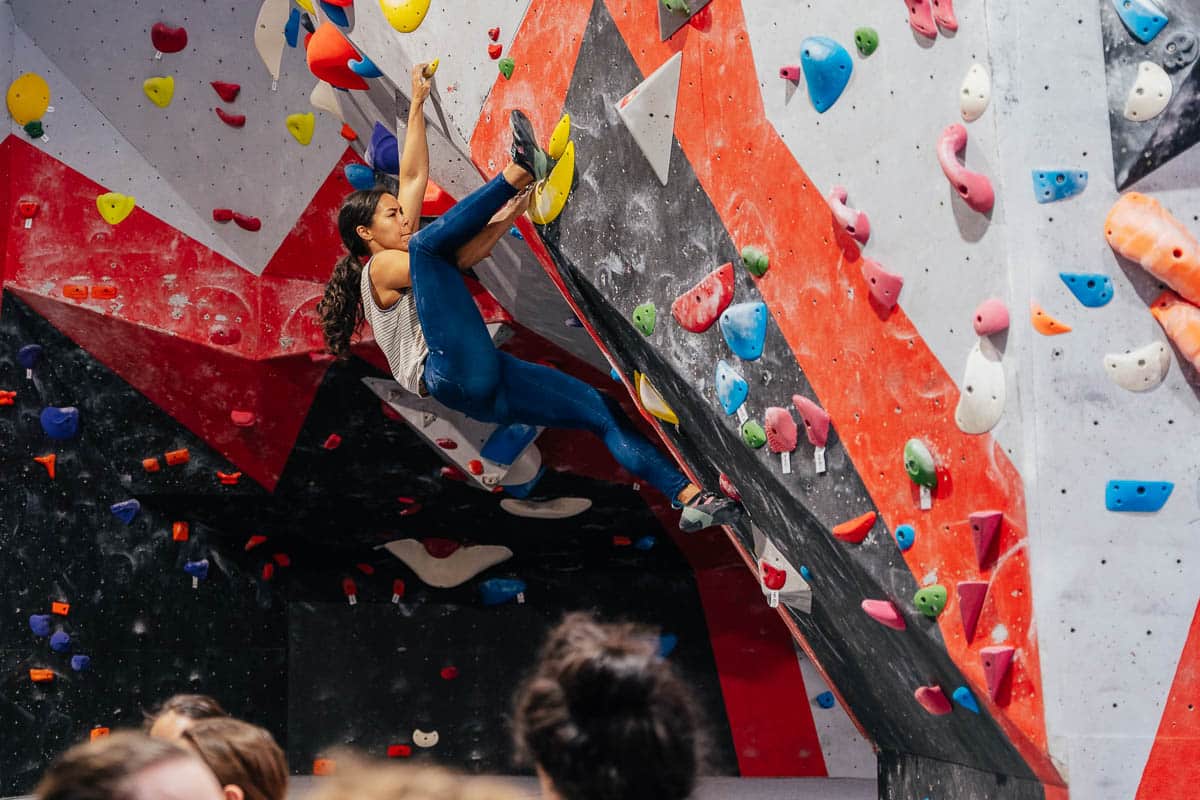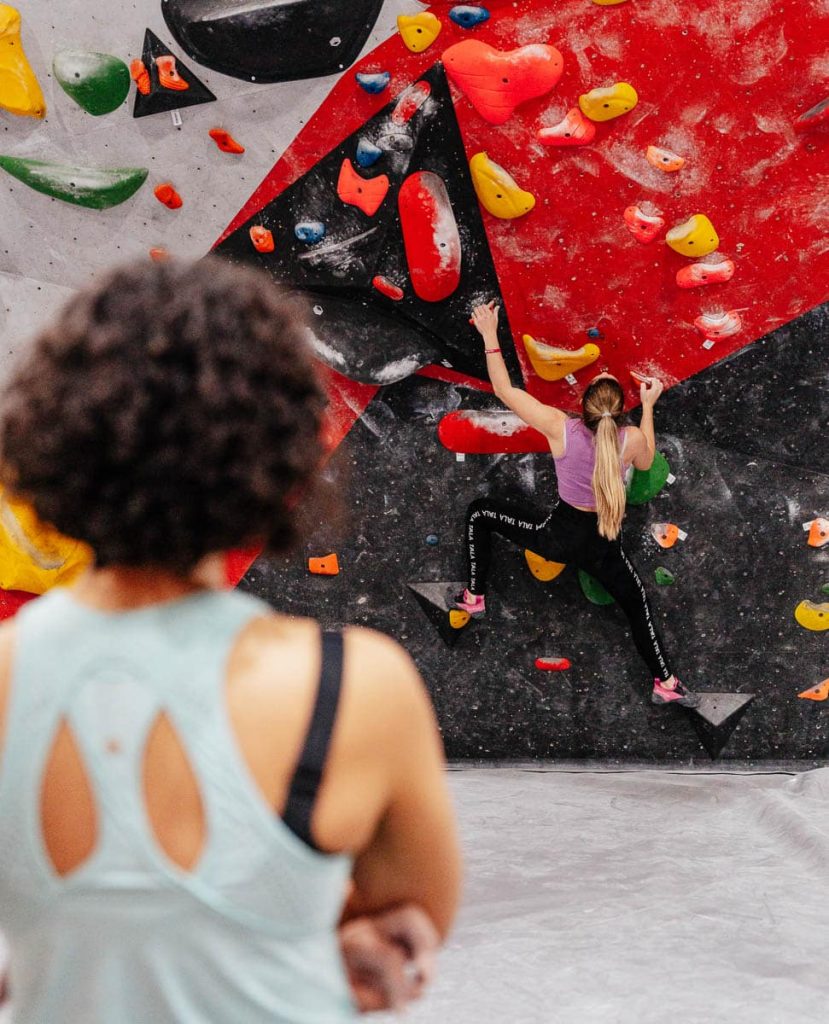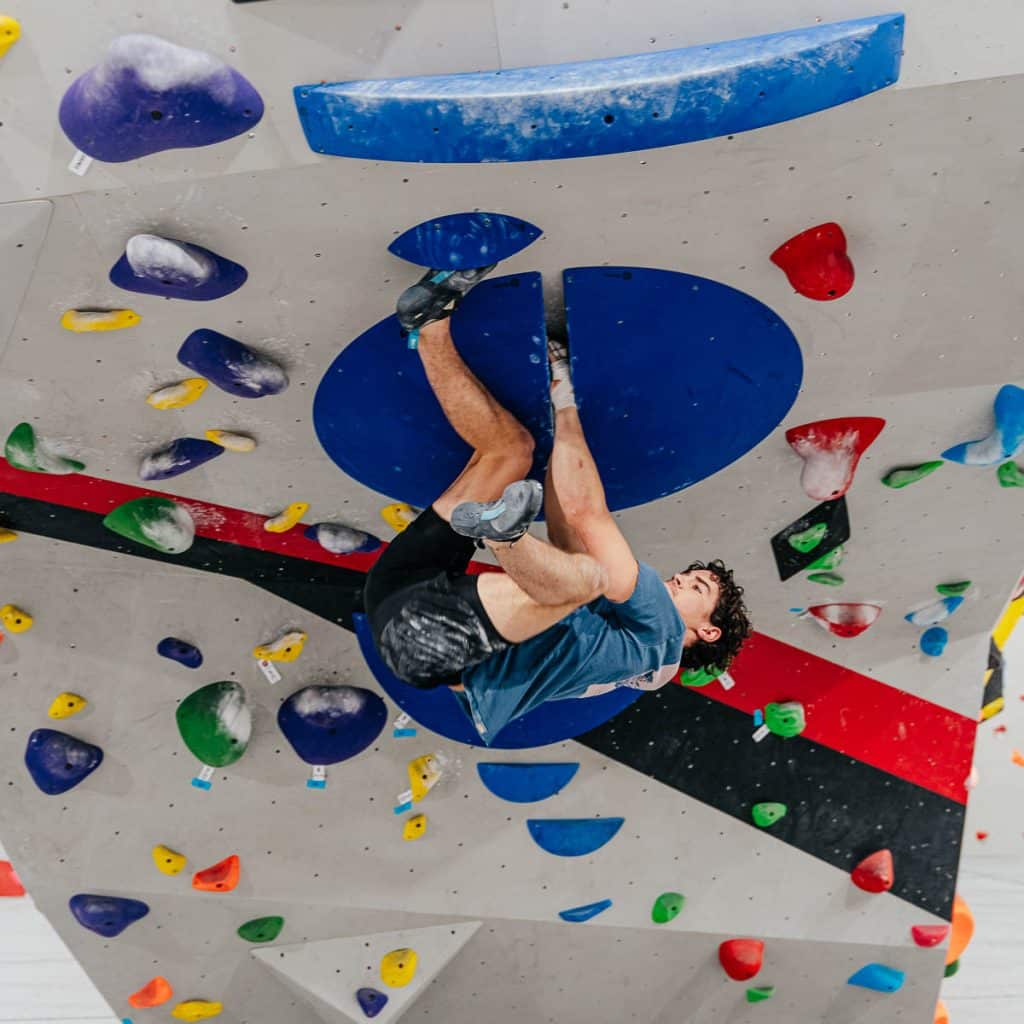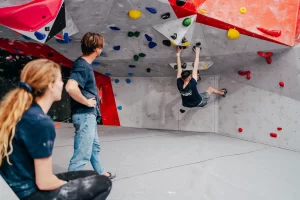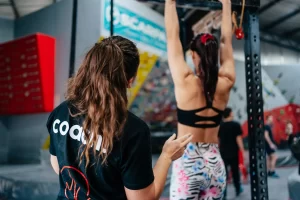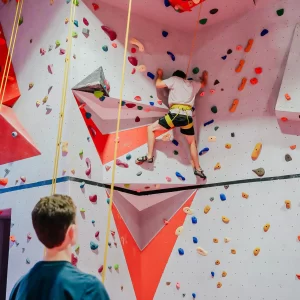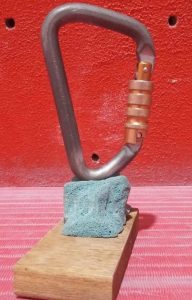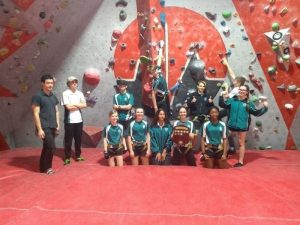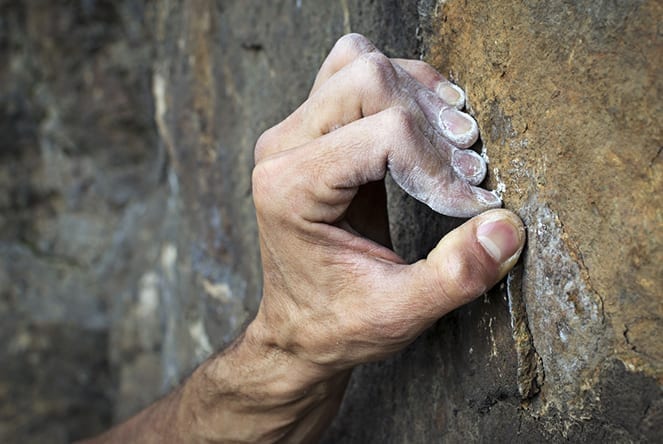
Crimping ain’t easy
By Chris Neal – Physiotherapist
“The load of the finger (A2 Pulley) in a Crimp grip is 36 times that of a slope grip”
It is completely understandable that rock climbers experience most of their injuries to their upper limbs and that the majority of these happen in the finger. What is surprising is the number of climbers that will sustain these injuries and how long it takes them to recover.
Population studies have shown that Finger Pulley injuries happen in up to 1 in 5 climbers, and if identified at the right time, resting (for a week on average), identifying any specific shoulder weakness and implementing a strengthening program is enough to prevent further damage and a return to unrestricted climbing. The reality is however that adequate rest doesn’t happen at the right time and these injuries persist and can lead to complete tears which may require surgery and if not, a permanent reduction in finger strength.
The Finger Pulley
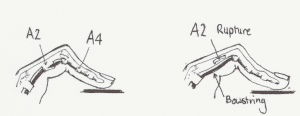
Injuries can vary from a strain, grade 1 tear (fig 1) to a complete Rupture (fig 2) which is characterised by a pop, with a feeling of giving way at the PIP( middle knuckle) followed by swelling and pain, exacerbated by finger flexion.
Climbers who train multiple times per week and are working on intermediate to difficult climbs (Fr6c+/ 7a) have a significant increase in rate of Pulley injuries. This would correlate to a higher number of crimp type grips, which (the open crimp grip fig3) has been shown by Vigouroux et al to load the A2 pulley by 36 times the force of a slope grip. They also found that ruptures occur with much lower forces in the ring finger which explains the higher rate of injury compared to the other digits.
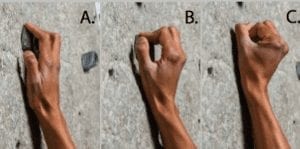
Fig3.(Image from theclimbingdoctor),A. least load through pulley B. Open Crimp most load, C. closed crimp decreases load on pulley but can increase load on contact of thumb.
Crosstraining
Almost more importantly however is, these climbers are doing high amounts of climbing specific training. The rates of upper limb injuries increase in these people with 72% of climbers doing fingerboard and climbing specific training reporting at least one injury to the upper limb.
This is important when thinking about the type of climbing/ training you are doing especially when most climbers will return to activity much too early in their recovery, changing a 1-2 week injury into something that can continue for months.
Recovery
If you have sustained an injury that stops you climbing, they can take from 2 weeks to 3 months before a graduated return to climbing is allowed and only when 80% of strength is recovered. If significant bowstringing is present surgery may be necessary.
For best results consult a Physio for a detailed examination and rehab program.
How to decrease risk of injury and plan Rehab
- Spread out the days in which you are doing crimp grip loading, this includes climb specific and fingerboard strengthening, try to include some closed crimp grip to vary load.
- Warm up; when the pulleys are warm the moment arm of the long fingers of the hand increases and the strength required to hold a specific grip is less and there is less force on the edges of the pulleys.
- An average of 3 climbs is necessary to complete 100 moves which increases this moment arm
- Climbing already works in stretched positions. Stretching in climbers has not shown to be beneficial and in some studies to increase incidence of shoulder injuries Don’t stretch. If you have muscle imbalances/ weaknesses have these properly assessed, but trigger-point massage will help correct these compared to stretching.
- Strengthening: should be focused on areas that aren’t sustaining high loads in climbing, and that stabilize and increase the function of the long flexors such as
- Finger extensions
- Wide pinch exercises in wrist extension
- Reverse wrist curls
- Pronation strength
Chris Neal
Physiotherapist, practicing for over 8 years in sports and private practice with over 4 years in climbing and working with climbing specific injuries.

Hunter Physiotherapy
55 Belford Street, Broadmeadow.
Ph 49653511
www.hunterphysio.com.au

